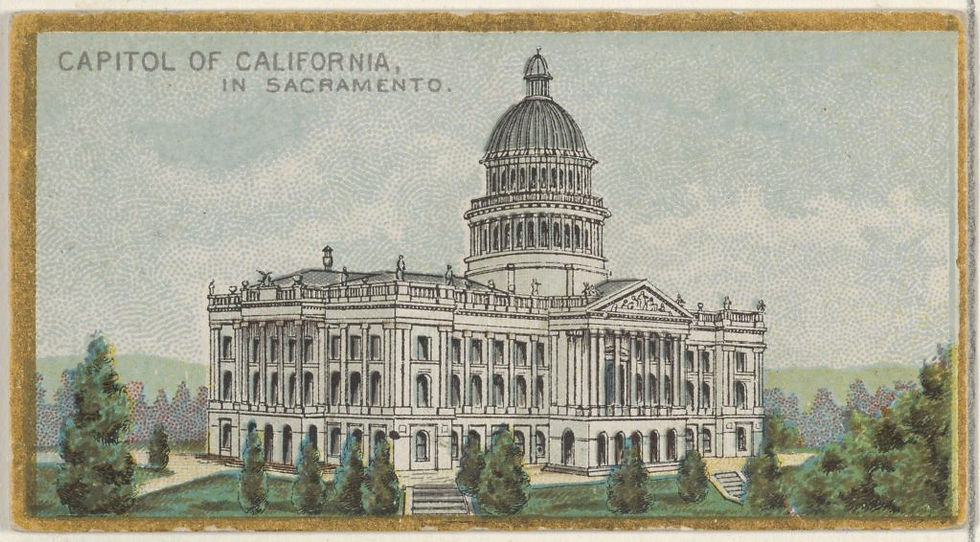Assessing the Compliance Roller Coaster [Part 1: Welcome to the New Normal, California]
- Felicia Y Sze
- Aug 6, 2020
- 2 min read
Updated: Nov 20, 2020
The last four months have brought us broad waivers of regulatory requirements. For example, the California Department of Public Health (CDPH) issued guidance waiving nearly all hospital licensure requirements, as updated on July 3, 2020. CDPH’s guidance waives specific requirements with respect to the number of beds on the license, space, services, and staffing. Likewise, the Centers for Medicare and Medicaid Services relaxed enrollment requirements and waived numerous conditions of participation and other requirements, such as the waiver of the application of the Stark Law for relationships and referrals that are related to the COVID-19 emergency. The Office of the Inspector General issued a concomitant Policy Statement indicating it would not impose sanctions under the Anti-Kickback Statute to align with the CMS Stark Law waiver. In this flurry of activity, regulatory agencies tackled head-on issues that had previously been difficult to address, such as telehealth and alternate destinations for ambulance transports.
We anticipate continued flexibility around licensure, conditions of participation and fraud and abuse laws during the period of any federal or state public health crisis. However, we anticipate that we will see the regulatory agencies slowly pull back on those flexibilities as the nation recovers from the COVID-19 pandemic, even if we never return to the state of regulation we faced prior to COVID-19.

We at Athene Law believe that healthcare providers should consider the current crisis as an opportunity to modernize the healthcare industry, as we have long advocated to our regulatory agencies. Healthcare providers try to be good actors in our communities, but are often stymied by the arcane, byzantine, and sometimes contradictory rules by which we have to operate. One of the most egregious examples is the reference to telegraphs as a mode of communication in current California licensure rules. Indeed, many of California’s hospital licensure rules have not been reviewed in the last forty years, leaving them in sore need of reform to reflect the pace of change in California and its technology. As we lay bare the regulatory landscape, both federal and state legislatures and regulators have an opportunity to sunset outdated, unduly burdensome, and needlessly expensive regulations that do not confer commensurate benefits.

Comments